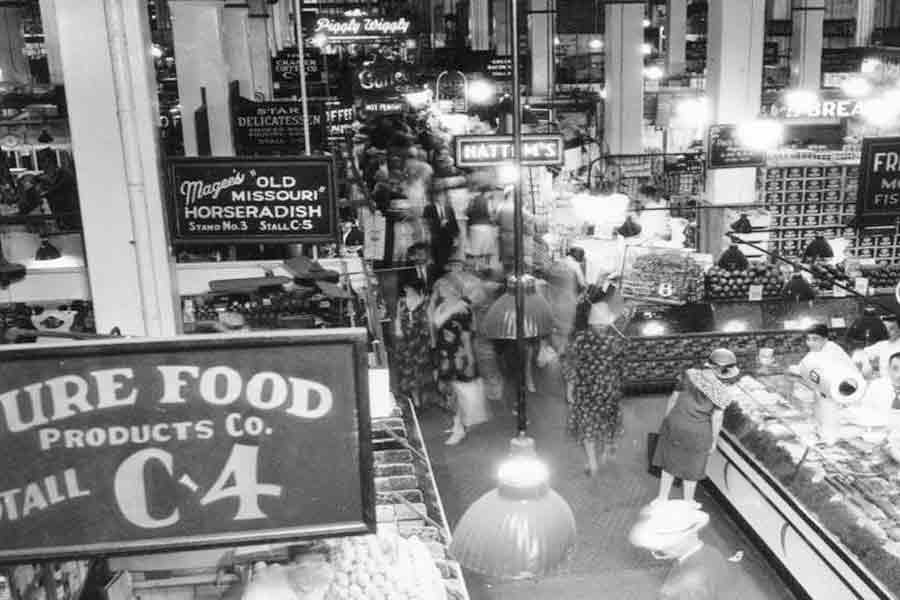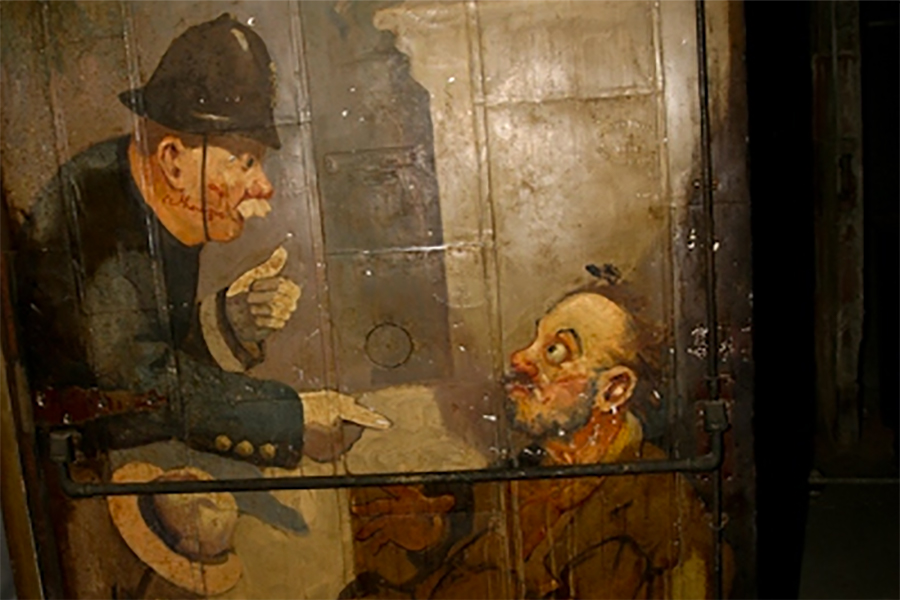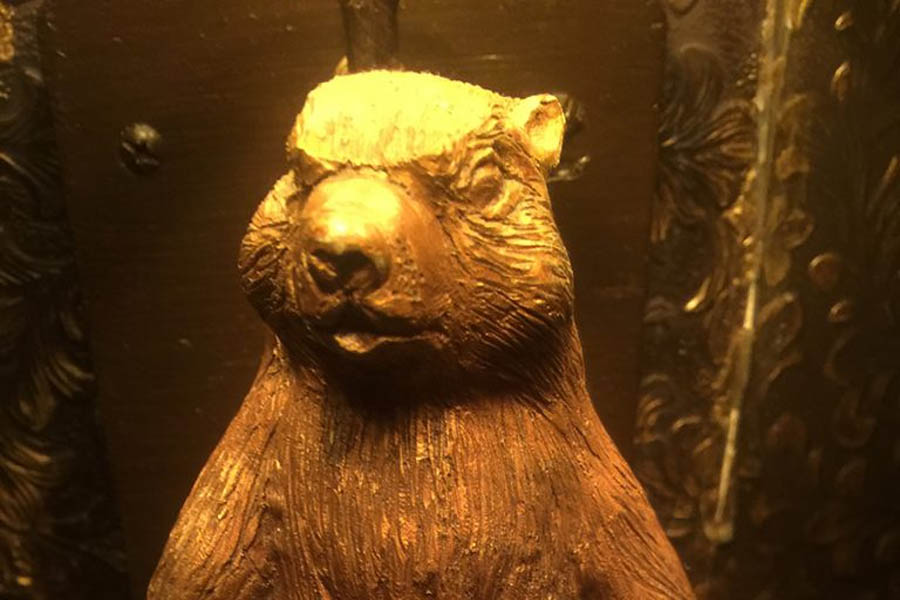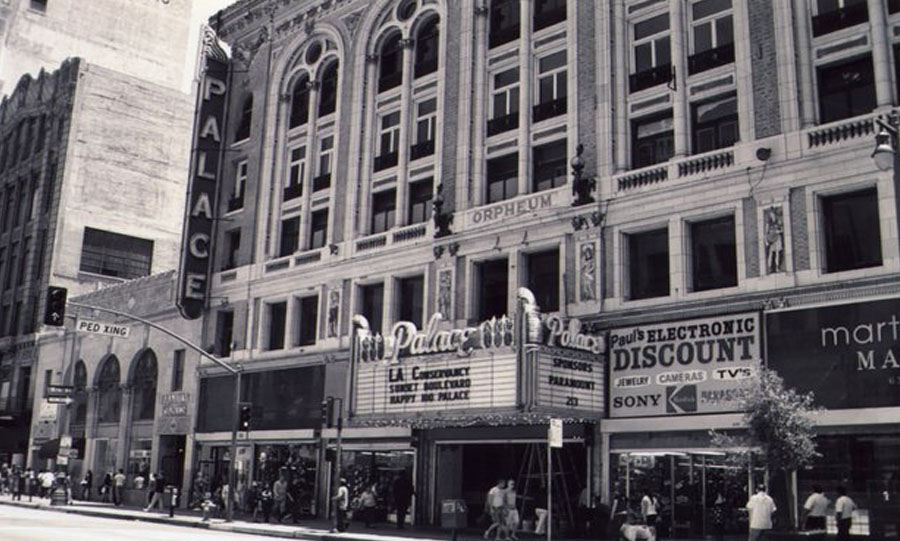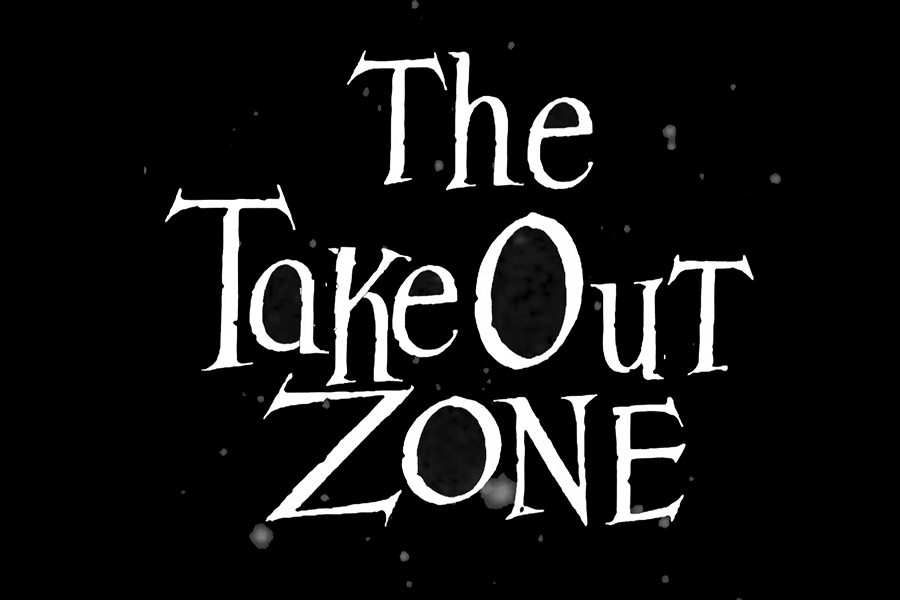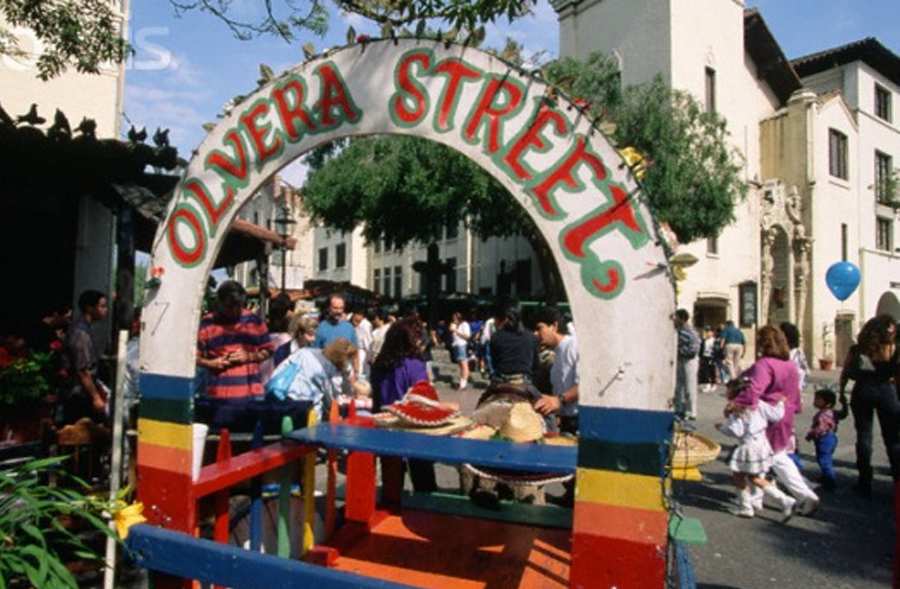
On the verge of bankruptcy in 1861, Mexican President Benito Juárez stopped making foreign loan payments to France, Britain, and Spain. Britain and Spain negotiated but France wanted it’s money and decided it was a good opportunity to invade Mexico!!
Later a 6,000 man French fleet landed at Veracruz and the Mexicans retreated towards Mexico City. Near Puebla, the much smaller Mexican force of 2,000, miraculously crushed the much larger French force. That day was May th, 1862. Or in Spanish Cinco de Mayo!!
OLVERA STREET
Today on Cinco de Mayo a large amount of Angelino’s will be celebrating on Olvera Street, “the birthplace of Los Angeles”. Olvera Street is a Mexican marketplace created “to preserve and present the customs and trades of early California”. Realistically, it’s a small part of El Pueblo de Los Angeles Historical Monument and includes many of the city’s oldest buildings and a plaza founded in 1815.
Olvera Street is a block long, brick-lined street with painted stalls, street vendors, souvenir shops, cafes, and restaurants. For Cinco de Mayo, merchants will be going crazy with Mexican music, dancing, and celebrations!! Fun for everyone.
FOUNDING OF LOS ANGELES AND OLVERA STREET
Los Angeles was founded by 44 African American settlers from Northwest Mexico on September 4th, 1781 into a town called Pueblo de la Reina de Los Angeles which was 6 miles from the San Gabriel Mission. It was meant to be a secular pueblo or a community, unlike the existing missions. It included 11 impoverished farmers who arrived on promises of seven-acre farms, seed, tools, horses and 10 pesos a month on a plot of land 55 feet by 110 feet.
They lived in around a central plaza that was southeast of today’s Olvera street closer to the Los Angeles River. Over many years and various floods, the plaza was relocated multiple times to its location today. One of the streets in the immediate area of the plaza was called wine street.
In 1877, Wine street was officially changed to Olvera street. It was named in honor of Judge Austin Olvera, a Mexican settler who arrived in California somewhere around 1835. By 1841 he was the commissioner and judge for San Juan Capistrano Mission. In 1845 he came to Los Angeles and fought against the Yankees in the U.S. Mexican war. Later became a farmer in Los Angeles and even the Judge in Los Angeles County.
OLVERA STREET SAVED
In the later 1920’s an Oakland widow named Christine Hough, changed her name to Sterling, moved to Los Angeles and found the historic sections of Los Angeles “forsaken and forgotten”. She began a solo one-woman campaign to save some of the city’s history; including Olvera Street and the Avila Adobe, Los Angele’s oldest standing residence. Olvera Street, by this time, was a forgotten muddy and unpaved alley.
With support from Harry Chandler, the owner, and publisher of the Los Angeles Times, she saved the Avila Adobe and eventually raised money to turn Olvera street into a Mexican marketplace.
This is the simple history of Olvera Street and El Pueblo de Los Angeles Historical Monument but there is so much more: the first three-story building Los Angeles, the first brick house in Los Angeles, the first firefighting building, etc, etc.
You need to visit and see more of the history for yourself!! www.olveraevents.com

